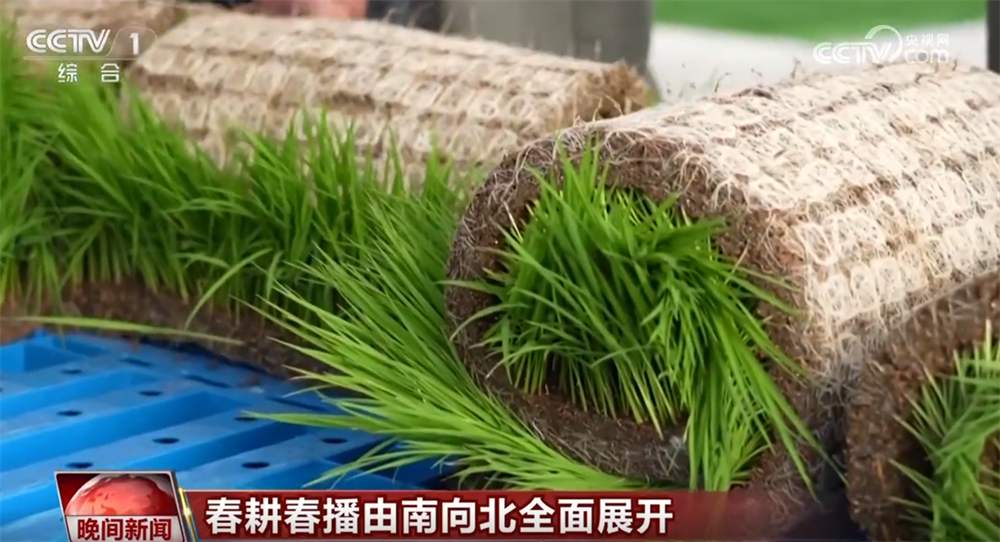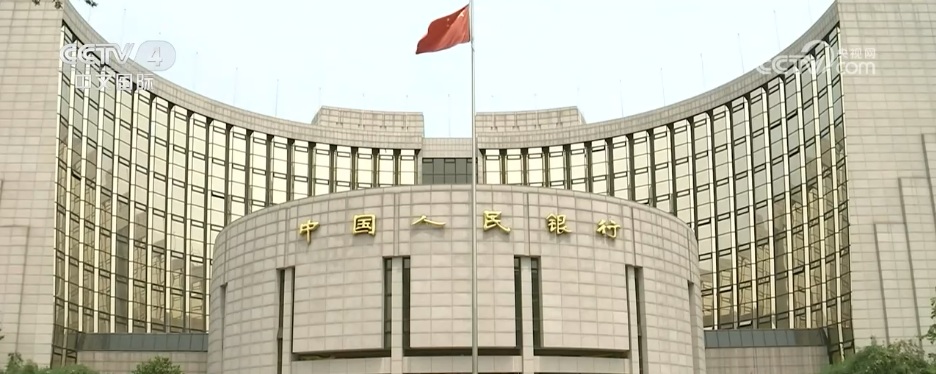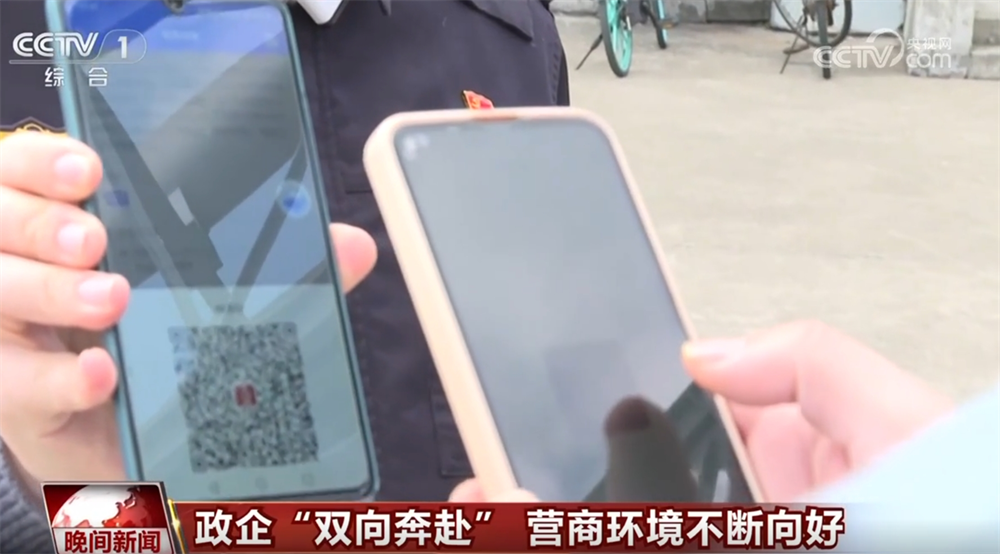The Central Document No. 1 of 2025 was officially released recently, and "Developing the County-based Industry to Enrich the People" became an independent chapter for the first time. This year is the final year for the five-year transition period to effectively connect the consolidation and expansion of poverty alleviation achievements with rural revitalization. The document has released new signals and keywords to promote the comprehensive revitalization of rural areas, which has aroused high attention from the whole society.
As the "Zhenwei Township", the counties connecting cities and villages above are the basic units of China. At present, the land area of 2,844 county-level administrative regions across the country accounts for 90% of the country, the permanent population accounts for more than half of the country, and the GDP accounts for 40% of the country. It can be said to be the muscles and bones of China's social economy. The aggregation capacity of small and medium-sized towns represented by county towns is increasing, and the trend of urban-rural integration of population, industry, infrastructure and public services in counties is becoming increasingly obvious.
This year's Central Document No. 1 clearly states, "Develop a county economy with its own characteristics, support the development of industries that enrich the people with large employment capacity, and promote farmers' nearby employment and income increase." Various places have already had many successful experiences in practice. Taking Honghu, Hubei as an example, the local area has derived the fresh lotus planting industry with a thousand-year-old planting history and other types of business formats such as lotus shrimp farming, lotus crab symbiosis, lotus powder desserts, lotus leaf tea drinks, etc., which in turn drives wetland ecological tourism and phoenix boat Han embroidery intangible cultural heritage experience to advance together. Within one month after the Spring Festival this year, "Nezha" was unexpectedly "promoted" by 51%. It is estimated that the comprehensive output value of the lotus root industry will reach 15 billion yuan in 2025, allowing villagers to better get rich at their doorsteps. For the vast county economy that has just started to build in recent years, we can find the local specialties according to local conditions to work hard for a long time. "Apple Village", "Muyou Township" and "Huanghua Town" can also seek benefits from the integrated development of the first, second and third industries and achieve leapfrog development.
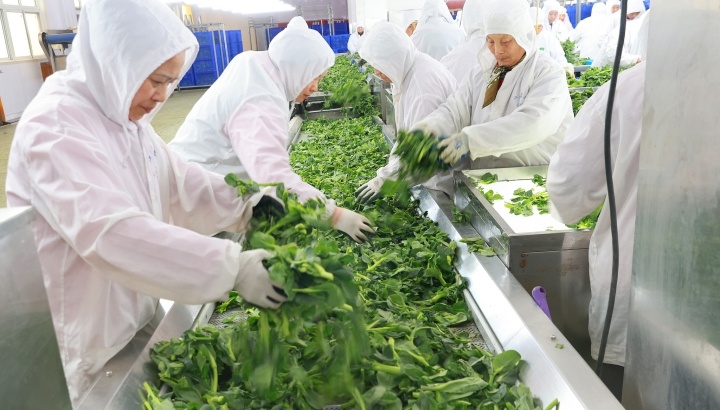
Nantong, Jiangsu Province, workers make fresh vegetables processed into frozen vegetables and sold to Japan
Efficient county integration development will surely drive infrastructure construction and balanced layout of public services. Taicang, a county-level city in Jiangsu Province, with a permanent population of only more than 800,000, seized the industrial opportunity of German enterprises to build factories, and achieved remarkable achievements in the manufacturing of mid-to-high-end equipment, new materials and commercial port construction in just 20 or 30 years. Nowadays, Taicang has promoted the goal of "modern pastoral city" in the whole region, achieved the integrated development of urban and rural areas in every village, and the integrated development of infrastructure such as water, electricity, and gas. "Medical Insurance for Serious Illness" has become the blueprint of the new national medical insurance policy, and county pension has embarked on the development path of "full urban-rural integration, equal, high-quality and high standards"... County economic development has a significant role in supporting local urban-rural integrated development, allowing villagers to better share the fruits of reform and development.
The broad development space of county economy itself contains new consumption scenarios, new markets and new opportunities. On the one hand, the county market has strong consumption demand. In 2024, the proportion of county and township consumer goods retail sales in total social consumer goods increased to 38.8%; the retail sales of rural consumer goods reached 6672.9 billion yuan, an increase of 4.3%, a growth rate of 0.9 percentage points higher than that of urban areas. On the other hand, county consumption demand has shown gratifying features such as diversification, digitalization, and quality. Not only are new models and new brands successively deploying in county-level markets, but also various "niche business formats" including talk shows, script killing, musicals, two-dimensional, and "reading + social" bookstores have begun to sink to the county track. With the help of digital technology and the development of new infrastructure, we will accelerate the development of county-level industries and the construction of commercial systems, and will more widely integrate various urban and rural resource elements, combine urban and rural production and consumption to a deeper extent, stimulate more rural consumption vitality, improve people's quality of life, and drive rural areas to accelerate the pace of modernization.
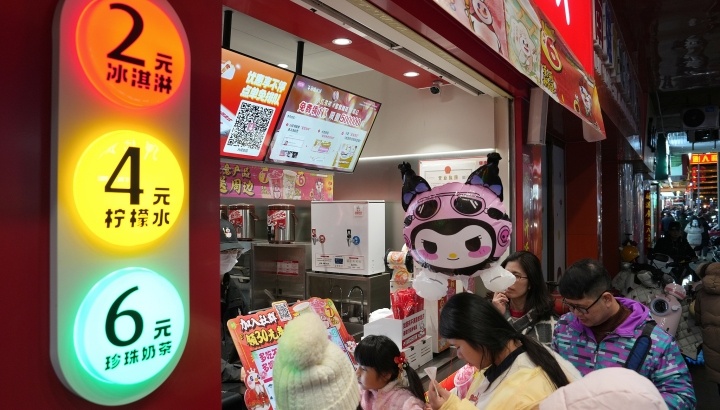
Tea shops that sink to county-level markets attract many consumers and drive county consumption to revitalize
The integrated development of urban and rural areas is an inevitable requirement for Chinese modernization. Whether it is to continuously consolidate and expand the results of poverty alleviation, maintain the bottom line of preventing large-scale poverty relapse, or promote the comprehensive revitalization of rural areas and implement a new and people-oriented urbanization strategy, the county economy and the "continuing the past and opening up the future" are the key points. In the new background of urban-rural integrated development, only by focusing on county characteristics and people-enriching industries can the villagers truly achieve employment and income increase at their doorstep, and promote urban-rural integrated development and rural comprehensive revitalization from the entire region, and ultimately achieve agricultural efficiency, rural vitality, and farmers' income increase, providing basic support for promoting Chinese-style modernization. (Zhang Wenbo, special commentator of China Radio International)

